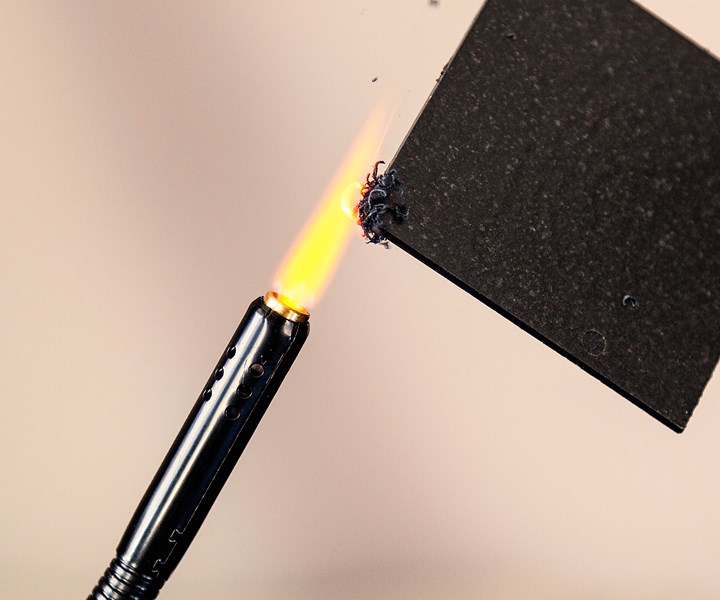Mineral Additives Supplier and University Partner Expand Uses of Graphite to Thermoplastics
Germany’s George H. Luh’s recent research developments look promising for broadening the use of expandable graphite to nylons and more.
Working with the Institute of Polymer Technology at the University Erlangen-Nuremberg, Germany’s George H. Luh GmbH has embarked on research projects that appear very promising for expanding the use of graphite in thermoplastics.
For over 85 years, the company has specialized in graphite and mica and is considered the lead supplier of expandable graphite in Europe. The company’s core competency encompasses macrocrystalline natural graphite—also known as flake graphite, amorphous graphite and specialty graphite for conductivity and lubricating applications, as well as expandable graphite as a halogen-free flame retardant.
According to the company, China is the main mining region, with additional deposits in Africa, North and South America and Europe. Subsequent further processing produces a variety of grades with different levels of purity and particle sizes and shapes. Natural graphite is classified as macrocrystalline and microcrystalline (amorphous) depending on the characteristics of the crystal structure. This crystalline composition with a layer structure is precisely what gives graphite its unique combination of material properties, making it suitable for many different fields of application.

Expandable graphite has been successfully used as a flame retardant within the automotive as well as construction industries for several years now. Established applications include PU foam products as acoustic parts in the engine compartment (e.g. within car and aircraft seats). Furthermore, within the construction industry, expandable graphite is used in compounds for fire protection collars, sealing tapes and fire protection doors. Also the use in bitumen roofing membranes is a large field of application.
The more recent research project with the University of Erlangen-Nuremberg, according to George H. Luh, investigates the effect and processing of expandable graphite in various polymers to achieve the required fire protection classes. Up until now, the starting temperature of maximum 230 C/446 F has limited expandable graphite for the use in high-temperature polymers such as nylons.
According to the partners, their new generation expandable graphite GHL PX 95 HT only develops its protective characteristic from 270 C/518 F . Simultaneously, the product parameters purity, pH value, particle size and expansion volume are stable within the known specification range. Due to the higher starting temperature, expandable graphite can be used for nylons and applications with processing temperatures up to 260 C/500 F.
The new expandable graphite quality has already been produced as an industrial-scale product. Larger quantities for sampling and first production trials are currently available in Germany. Additionally, the fire protection effect of the new expandable graphite quality and its processing in various polymers is being comprehensively investigated in a research project between LUH company and the University of Erlanger Nuremberg. Combinations with different synergists such as MDH and APP as well as further optimization potential of the expandable graphite itself are also part of the research project.
Related Content
-
Graphene Masterbatches for Flexible and Rigid Polyolefin Packaging and Beyond
Brazilian start-up Gerdau Graphene joins a growing group of graphene additives suppliers with a focus on boosting properties of large volume commodity thermoplastics.
-
Masterbatches Reduce Gloss in PLA and PETG 3D Printed Products
Insight Polymers & Compounding’s two low-gloss additive masterbatches shown to boost appearance of 3D printed objects.
-
Vibrantz Technologies’ Leadership Changes
Formerly Chromaflo and Ferro, Vibrantz announces shifts in leadership roles.















